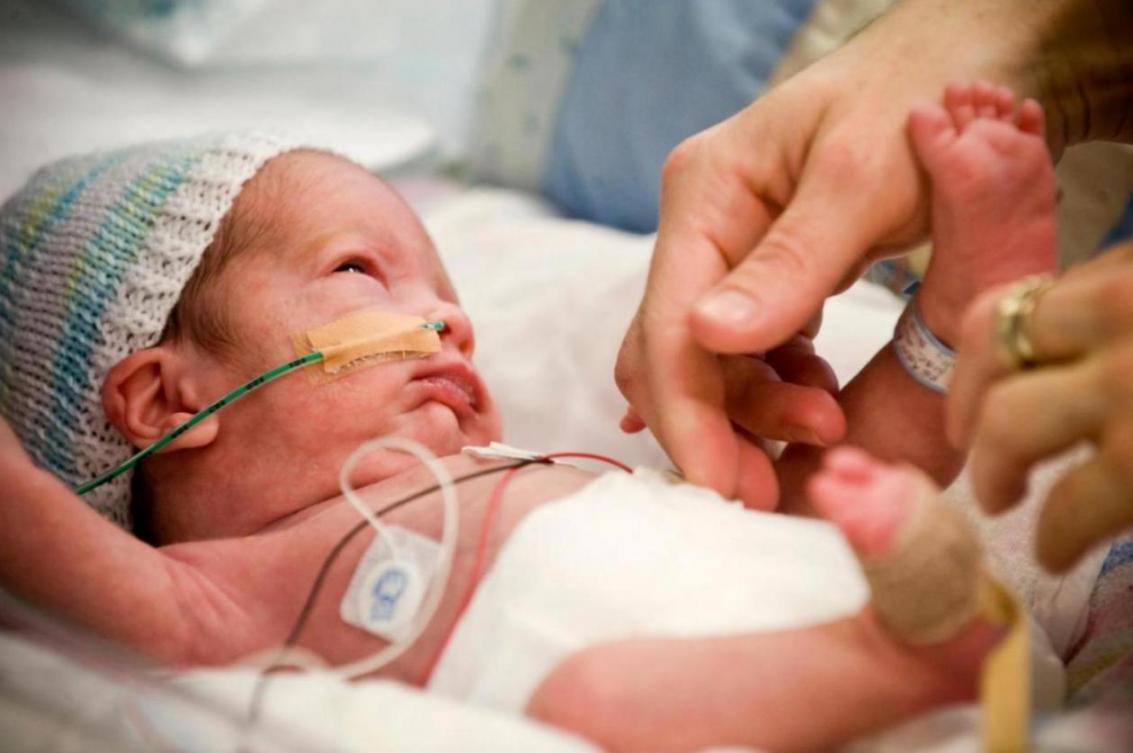A rehabilitation center for newborns has opened for the first time in the country.
The center is located in Sistan-Baluchestan Province to take care of newborns who are victims of drug abuse mostly because of their mothers’ addiction to narcotics.
There are currently 14 children under the center’s surveillance, said Seyed Najib Husseini, advisor to the secretary general of Iran Drug Control Headquarters (IDCH).
Drug addiction is seen to be more common among women in the province, located in the southeast of the country, bordering Pakistan and Afghanistan, the top producer of opium in the world.
Rate of substance abuse is high with nearly 10% of the women, mostly in the childbearing age, addicted to drugs. The average age of drug abuse in the country is declining day by day, now reaching 13-15 years, reports IRNA.
The coexistence of substance abuse with social problems such as poor nutrition and hygiene, social deprivation, psychological problems and high-risk lifestyle increase complications in pregnant women leading to morbidity in neonates.
Husseini necessitated anti-drug campaigns and development of suitable interventions for maternal and neonatal health. The IDCH will promptly address the issue of drug abuse in any region of the country if necessary.
Majid Abhari, a psychologist and social behavior expert also pointed to neonatal addiction as a result of narcotic pills given to silence cranky babies.
What doctors are seeing in newborns is called neonatal abstinence syndrome, or NAS. This is a group of disorders that occur when the unborn child is exposed to addictive substances in the womb. Any type of illegal or addictive substance can cause NAS, but doctors are also seeing a rise in the incidence of cases caused by narcotic pills.
While a woman is pregnant, any substance she ingests goes through the placenta and to the developing fetus. When the mother-to-be uses a harmful substance, it goes to her baby through the placenta and “there is no filter” to keep out the drugs. If the mother gets hooked, so does her baby.
Withdrawal Symptoms
Such babies, through no fault of their own, are born with an addiction. As with any addiction, when they are born and no longer have access to the drug, they experience physical symptoms of withdrawal. This can include a wide variety of symptoms like diarrhea, excessive crying, irritability, sweating, vomiting, tremors, difficulty sleeping, seizures and fever.
Because infants are smaller and more fragile than adults, they are at a greater risk of dying from withdrawal symptoms. Treatment is possible, but there can be serious, lasting damage.
Treating drug addiction in an infant involves giving the child small amounts of a narcotic drug to help relieve withdrawal symptoms and to wean it off the substance. Morphine is often used for this purpose, but must be done under very careful supervision, as it can cause an infant to stop breathing.
While doctors strive to treat addicted babies, policymakers should work to prevent addiction.
Ali Ebadian, director of Research and Training Department at the IDCH, pointed to opioid medicines used in treatment procedures and said Bupernorphine and Paregoric have been used in this regard for 40 years. However, methadone maintenance therapy (MMT) has recently been developed which helps addicted mothers to have healthy pregnancy leading to healthy babies.


